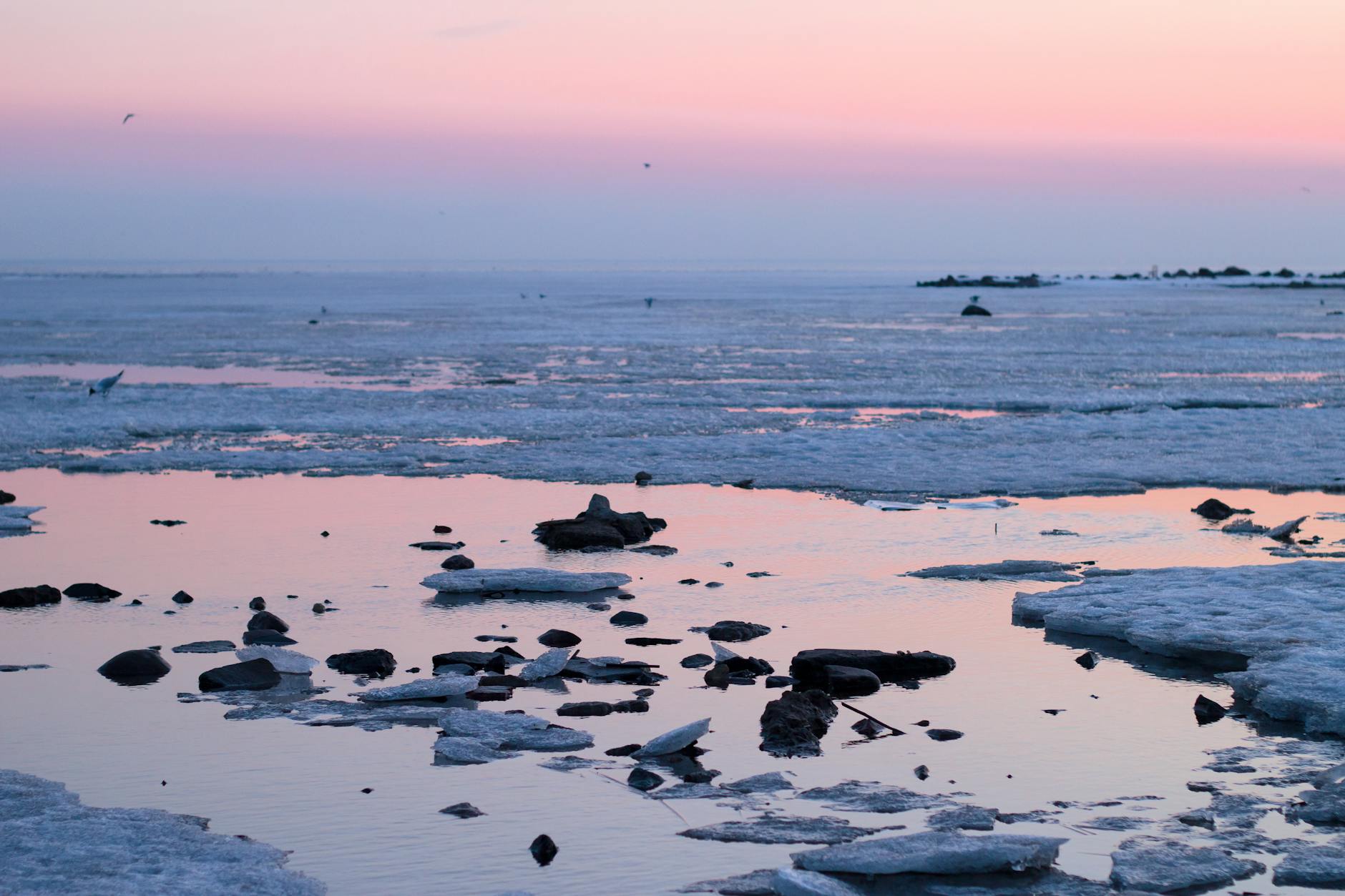Why Exploring Australia's Wild Landscapes Rivals Exotic International Travel

Unique Australian Ecosystems
Embarking on an exploration of Australia's unique ecosystems is akin to stepping into an open-air laboratory. As someone who frequently marvels at regions such as Namibia during african tours, I find the diversity of Australia's landscapes just as captivating. Imagine wandering through the ancient rainforests, each step unveiling a new shade of green as the sunlight filters through the dense foliage at the Royal Botanic Garden. It’s a scene that underscores the intricate tapestry of plant species thriving in harmony.
Venturing further, the desert landscapes offer a stark yet beautiful contrast. These majestic expanses, much like a namibia safari, provide an opportunity to observe nature’s resilience. The deserts aren't barren but are alive with hidden treasures like the vibrant wildflowers that bloom post-rain, painting the arid land with ephemeral splendour.
Transitioning to Australia's coastal and marine biodiversity, I am amazed by the vitality of life beneath the waves. Snorkelling in these waters reveals vibrant coral reefs, teeming with life. It's a visual reminder of the delicate balance these ecosystems maintain. The coastal areas, stretching from iconic spots like Bondi Beach to hidden coves, illustrate the rich marine life and the sheer expanse of nature thriving at our doorstep.
These ecosystems not only appeal to an adventure travel enthusiast from Sydney but also profoundly resonate with anyone who appreciates nature’s wonders and the exploration of unique environments.
Aboriginal Heritage and Culture
Connection to the Land
As a traveller invigorated by adventure, I've always cherished the moments spent in the cultural heartbeat of Australia, deeply connected to its roots. Wandering through the ancient cliffs and unspoiled terrains of Australia, I am constantly reminded of the profound bond the Aboriginal people have with their land. This connection is not just a cultural expression but an essential part of their identity, resonating with the very earth that sustains them. As I traverse these sacred grounds, it's clear how these bonds have shaped practices that have preserved the land for generations.
Traditional Practices and Knowledge
Picture yourself sitting peacefully in the Royal Botanic Garden, where indigenous knowledge is showcased through the diverse plant species. Here, the stories of traditional bush medicine and foraging practices unfold, highlighting the rich tapestry of Aboriginal wisdom. This knowledge, passed down through generations, offers a glimpse into a world where humans and nature co-exist harmoniously. These practices are not merely historical; they influence current conservation efforts and eco-tourism strategies. Discovering this has been as enlightening as learning about sustainable approaches during Galapagos Islands tours.
Opportunities for Cultural Exchange
Opportunities to engage with Aboriginal culture are abundant. Whether it's through participating in cultural tours or taking part in workshops, the exchange of stories and traditions builds a bridge between past and present. This cultural immersion enriches the traveller's experience while fostering an appreciation for sustainable practices akin to those seen on arctic cruises. By deeply respecting and supporting these cultural exchanges, we're not just observers but active participants in preserving an invaluable heritage.
Wildlife Encounters in Australia
Iconic Native Species
In the kaleidoscope of Australia's wildlife, you've likely heard about kangaroos and koalas. However, the real marvels are the vast array of species that one can encounter on treks. Recently, I visited the Blue Mountains and was struck by the magnificence of the lyrebird. These birds possess an uncanny ability to mimic natural and artificial sounds, making them a spectacular subject for any wildlife enthusiast. At the Royal Botanic Garden, I found numerous other fascinating creatures, each playing a vital role in their unique ecosystems.
Rare and Endangered Wildlife
The urgency to protect rare and endangered species becomes evident as you wander through regions like Tasmania, home to creatures such as the Tasmanian devil. Conservation efforts are essential to safeguard these animals from extinction. On my last adventure, I was fortunate to spot a yellow-bellied glider, a rare sight indeed. Ensuring that these species thrive requires a concerted effort from both locals and tourists. Supporting conservation-focused initiatives, like Mauritania tours, becomes crucial in achieving long-term ecological balance.
Conserving Natural Habitats
Championing efforts for sustainability in Machu Picchu can provide valuable insights applicable to Australia's own conservation challenges. During machu picchu tours, I interacted with guides deeply committed to preserving their environment, drawing parallels with initiatives back home. The Galapagos Islands serve as another excellent benchmark, showcasing meticulous care for species like the giant tortoises. Such galapagos tours are models for balancing tourism and eco-preservation. Adopting these practices in Australia will not only protect our ecosystems but also ensure the nation remains a haven for diverse wildlife for years to come.
Eco-Tourism in Australia
Sustainable Travel Practices
Sustainable travel in Australia offers the opportunity to witness the country's splendid landscapes while minimising environmental impact. Imagine wandering through the vibrant ecosystems of the Royal Botanic Garden, marveling at its diverse plant species in african safari. One can engage in eco-friendly practices such as reducing waste, conserving water, and choosing public transportation or cycling over cars to limit a carbon footprint.
Instead of staying in large hotels, opting for eco-friendly accommodations like solar-powered lodges or those practicing waste-free initiatives can significantly reduce a traveler's environmental impact. Many Australians have also embraced minimalistic packing, which lightens both the travellers’ loads and the environmental toll associated with transportation.
Conservation-Focused Tours
Eco-tourism often leads to immersive conservation-focused tours that reveal Australia’s breathtaking natural allure. Guided by experts, one can explore the wildlife hubs of the Blue Mountains. This includes learning about native flora and fauna, as well as conservation efforts to protect them. These tours often provide mesmerizing opportunities, like observing rare plant habitats or volunteering in local conservation projects.
Benefits to Local Communities
Engaging in eco-tourism not only benefits the environment but also local communities. Purchasing locally made products and dining at local eateries supports local economies. Moreover, conservation initiatives often employ locals, offering them sustainable livelihoods while empowering them with the knowledge and skills needed for environmental stewardship. Through eco-tourism, there’s a chance to make a meaningful impact by connecting with the community and environment, creating memories that resonate long after the adventure ends.
Overcoming the Challenges
Environmental Threats and Solutions
My journey through Australia has opened my eyes to the pressing environmental challenges the continent faces. From the lush rainforests to the arid deserts, each ecosystem is under threat from climate change and human activity. While wandering through the dense foliage of the Royal Botanic Garden, I found solace knowing that this sanctuary serves as a crucial hub for conservation efforts. One way adventure travellers can help combat these threats is by supporting initiatives aimed at protecting native flora and fauna. Embarking on eco-friendly expeditions and engaging in conservation projects allows us to tread lightly while preserving the beauty we cherish.
Balancing Tourism and Preservation
Strolling along the vibrant shores of Bondi Beach, it’s easy to be swept away by the beauty of this iconic spot. Yet, the influx of visitors can strain local resources and natural habitats. The key is striking a balance between exploration and preservation. As I hiked through the Blue Mountains' wildlife reserves, I realised that travellers can make a difference by choosing guided tours that prioritise sustainability and responsible travel. This approach ensures that future generations can marvel at Australia's stunning landscapes and unique wildlife, just as we do today.
Advocating for Policy Changes
Travelling through Australia's breathtaking landscapes has instilled in me a sense of responsibility. Advocacy for stronger environmental policies is crucial for protecting these natural wonders. By joining local conservation groups and raising awareness about issues like iconic native species protection, adventure travellers can contribute to policy changes that reinforce environmental stewardship. Together, we can ensure the magnificent beauty of Australia's natural landscapes endures.


